Innovation Alone Won’t Save Us
December 15, 2015
As I sipped a cup of coffee and looked at a large drawing of the Brooklyn Bridge, I felt surprisingly close to my home in New York City. Jorge Soza, our film crew’s field partner, explained that Uaxactun was sourcing the wood needed to replace the 11,000 wooden planks of Brooklyn Bridge’s pedestrian promenade. Some environmentalists might cringe at the thought of tropical hardwood being used in this way, but Uaxactun has had zero deforestation for over a decade. It is one of twelve concessions in Guatemala’s Maya Biosphere Reserve (MBR) that has gained international fame for its exceptional forest management.
Jorge attributes its success to a strong community culture, technical forestry expertise, and the political power to control its land. This came through when we met with Draney Aldana and his family. One of his sons was studying forest management, but even the younger children understood the harmonious relationship with the surrounding forest. I also learned about the technical aspects when Jorge—also known as “Jorge of the Jungle”—took us into the rainforest. As he measured the circumference of a mahogany tree, he explained the 5-point rating system used to assess which trees are conserved and which ones are harvested.
Later that evening I was already on a prop-plane leaving Mundo Maya Airport. I struck up a conversation with the woman sitting next to me, who was a representative of the U.S. Department of Interior. She had spent the week near Uaxactun, at the Laguna del Tigre National Park. Her assignment was to advise Guatemala’s government on how to better manage its national parks. The park—one of the MBR’s “core zones”—is managed by the federal government and is supposed to be limited to scientific research and tourism. But in reality, loggers, cattle ranchers, and narco-traffickers have taken over. She recalled the constant hum of Cessna airplanes overhead, which were en route to drop off drugs, weapons, and migrants at the hundreds of makeshift airstrips that stitched across the border with Mexico. It sounded like a nightmare.
As I looked out the window and over the Reserve, three things crystallized for me: First, forests are not just flora and fauna; they are natural ecosystems and vibrant communities that are deeply integrated and reinforcing of one another. Second, community-led approaches are often more effective than top-down ones. And most importantly, forest communities like Uaxactun are not just a solution to Guatemala’s deforestation problems—they can be a critical strategy for mitigating climate change.
If you’ve been following the coverage for the Paris Climate Talks, or #COP21, you may have noticed that 100% renewable has become the climate movement’s chief rallying cry. There’s no question that energy innovation is critical. Fossil fuels account for most climate emissions and their innovative alternatives are straightforward and compelling. And if we assume Silicon Valley ingenuity is our savior, it becomes easier to table strategies that force us to address structural drivers of the problem: economic inequality, social injustice, and relentless consumerism.
But alone, innovation will not save us.
Land use change—particularly the conversion of tropical forests into agricultural land—Reserve offset one-quarter of the world’s dioxide emissions and store about 250 billion tons of carbon. Every minute, 100 acres of tropical forest are cut and burned to make way for cattle pastures and mono-culture farms, releasing even more methane and carbon emissions into the atmosphere. Tropical forests are one of the best, most cost-effective strategies to mitigating climate change, and the climate change community needs to do more to keep them standing. To do so, they must put forest communities at the center of their strategy.
Political leaders from forested nations argue that it’s too expensive and difficult to monitor its vast forests. Instead, they should be giving forest communities control of their land, providing direct access to international climate funds, and protecting environmental activists who are under threat. Land disputes resulted in the murder of 116 environmental activists last year alone – nearly double the number of journalists in the same period.
The private sector points to the challenges in tracing its forest commodity supply chains of forest commodities back to their source. They should use their purchasing power to support sustainably managed co-operatives like those in Uaxactun, and shift their procurement away from the bad actors who conduct land grabs and threaten environmental activists.
Environmental campaigners claim that the best way engage the public on forests is to talk about the loss of orangutans. Instead, they should elevate the voices and stories of the communities who keep them standing and empower them to bolster their political organizing and communications strategies. Social justice frames and human stories will connect with new audiences, helping them scale beyond a narrow base of environmentalists.
More than one-fifth of the carbon stored in the world’s tropical forests lies in territories belonging to or claimed by indigenous groups. It’s time we acknowledge their important role in addressing climate change, and give them what they need to continue doing so.
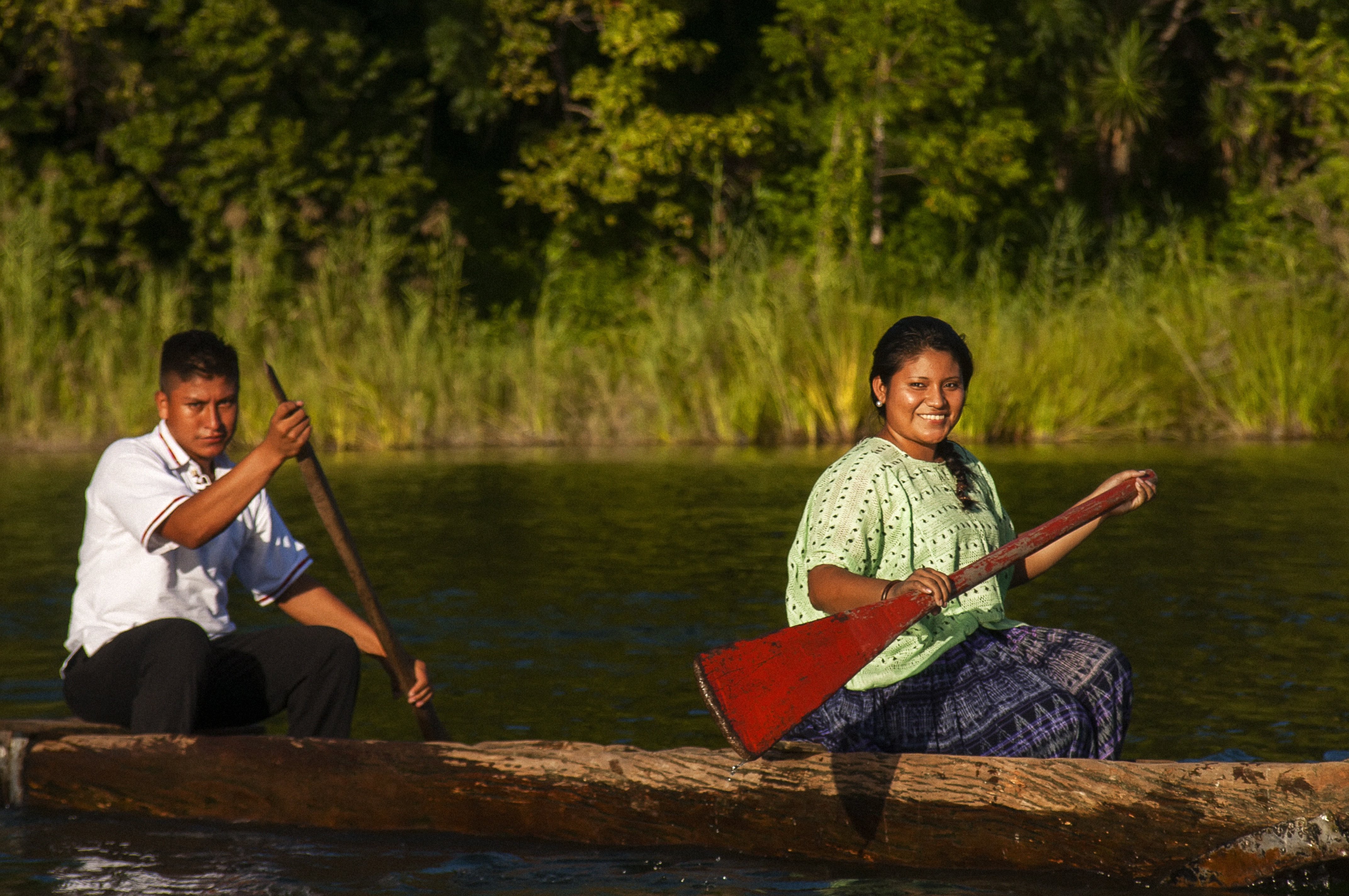
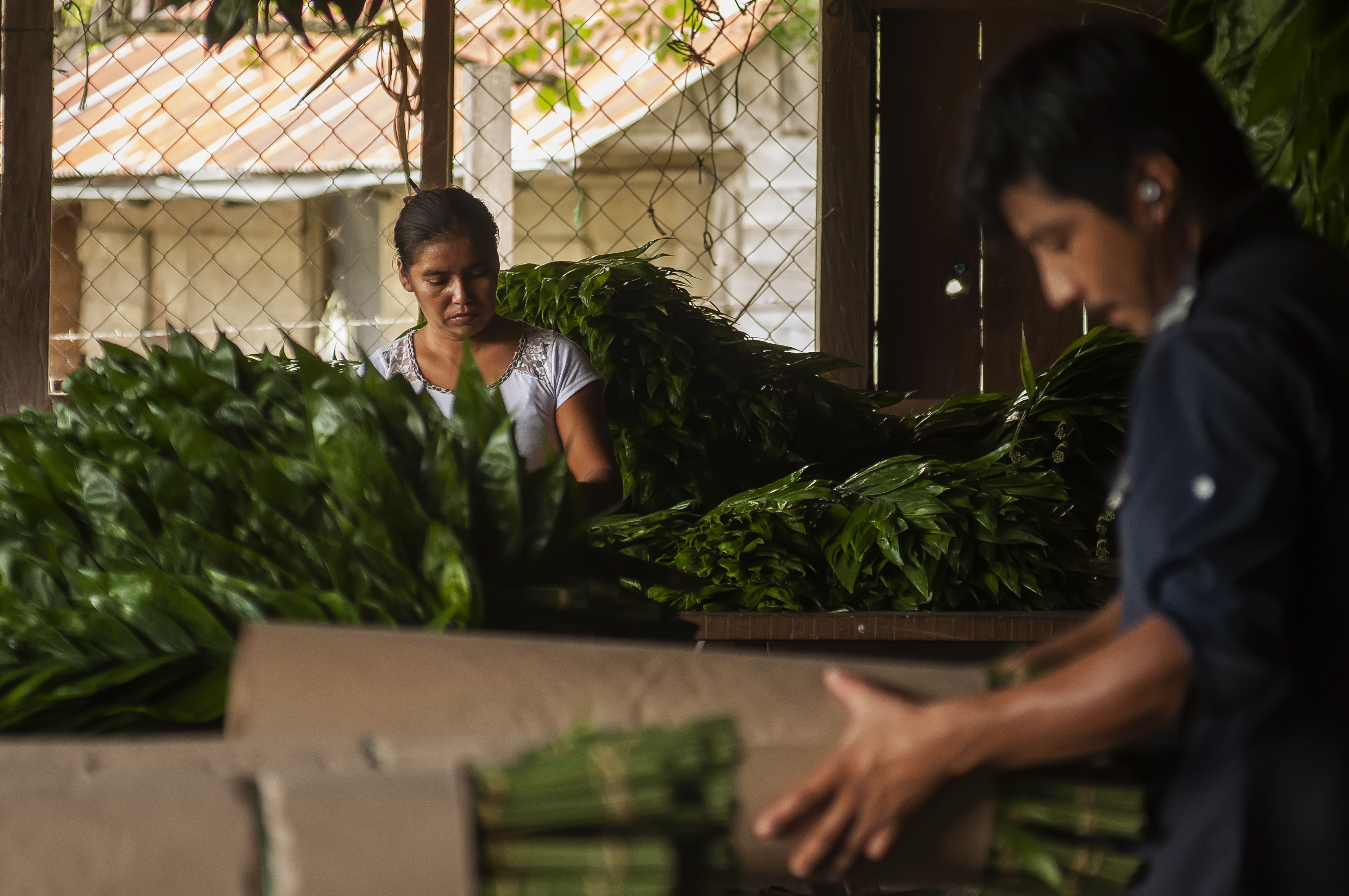
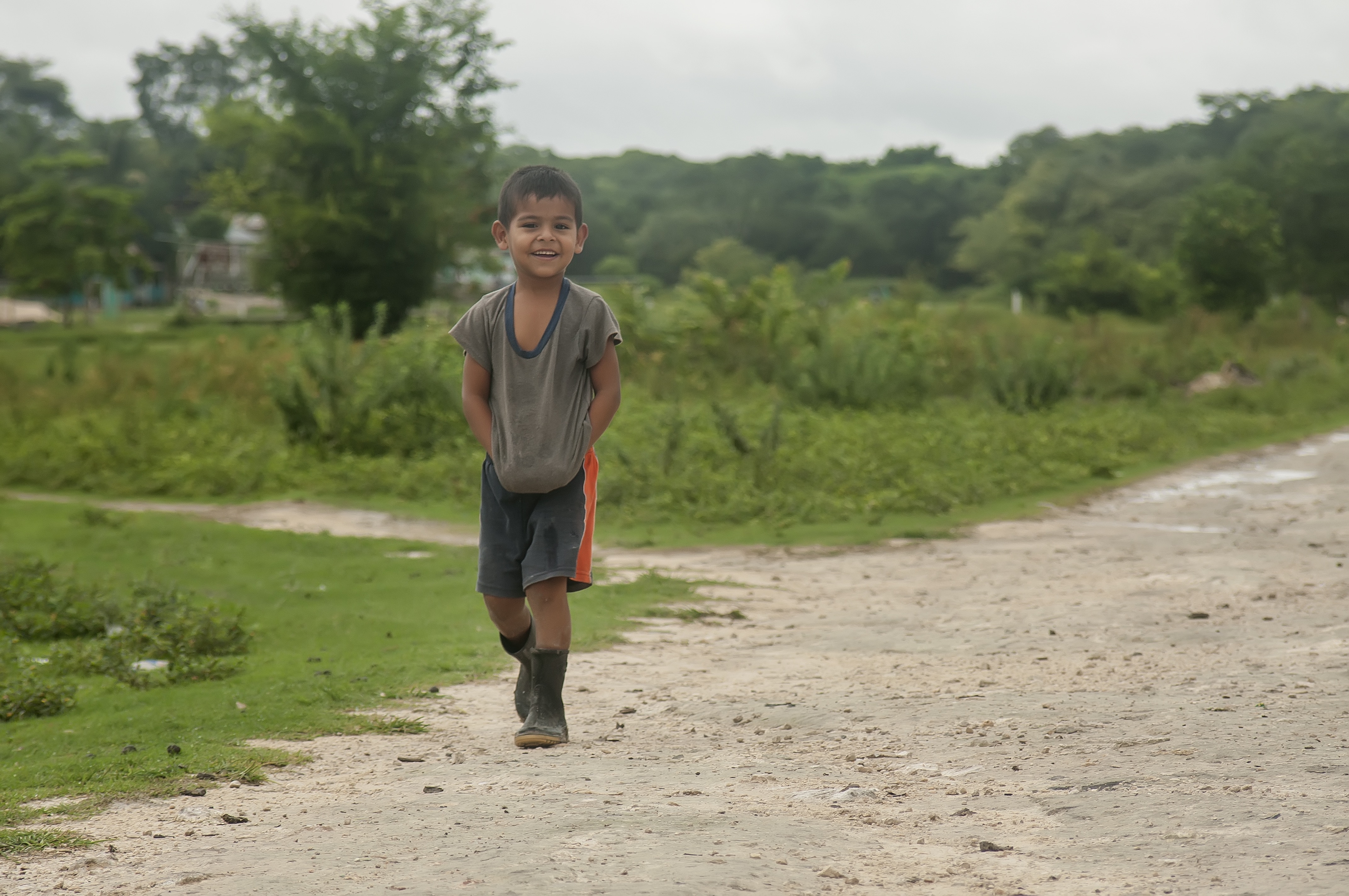
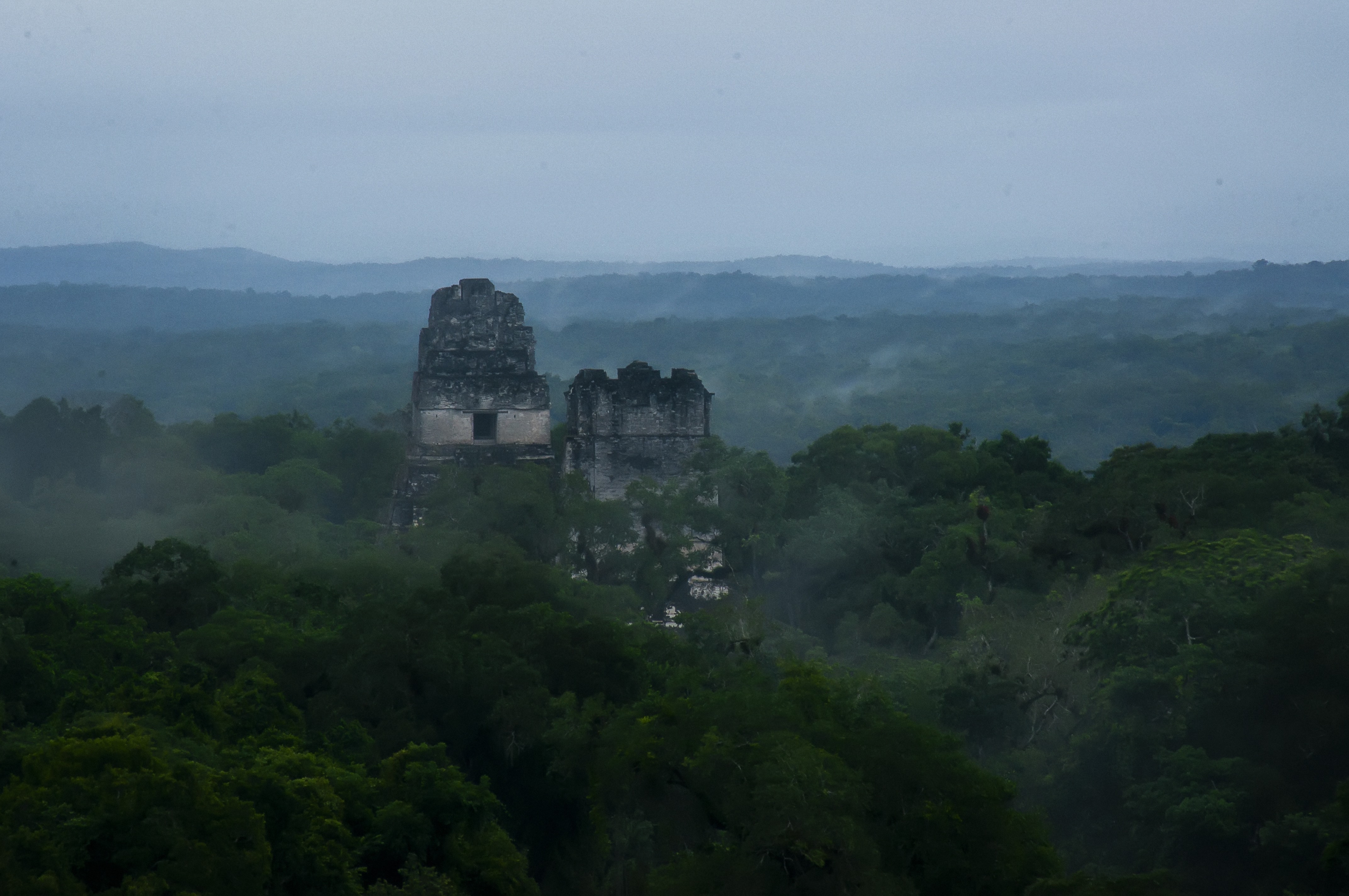
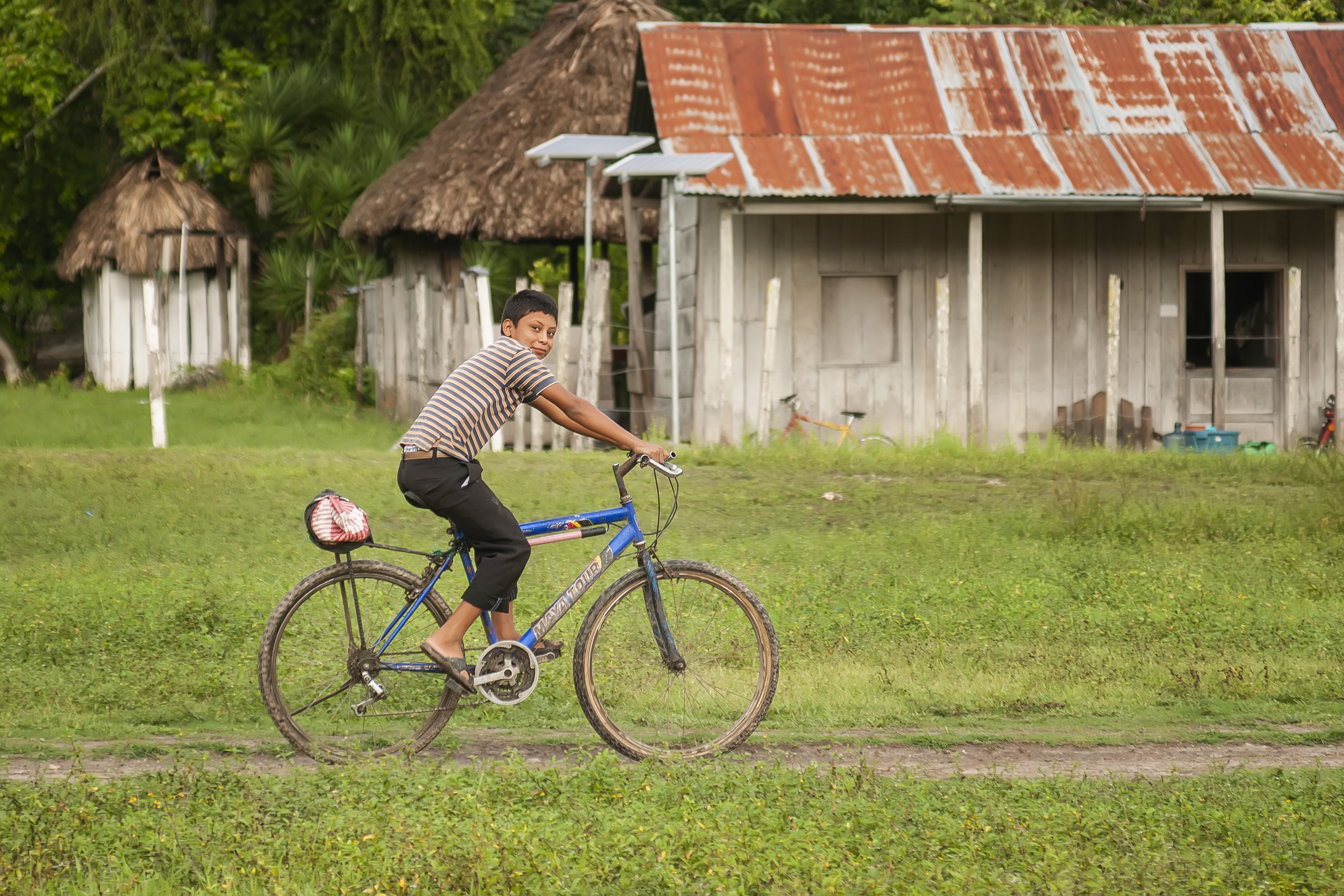
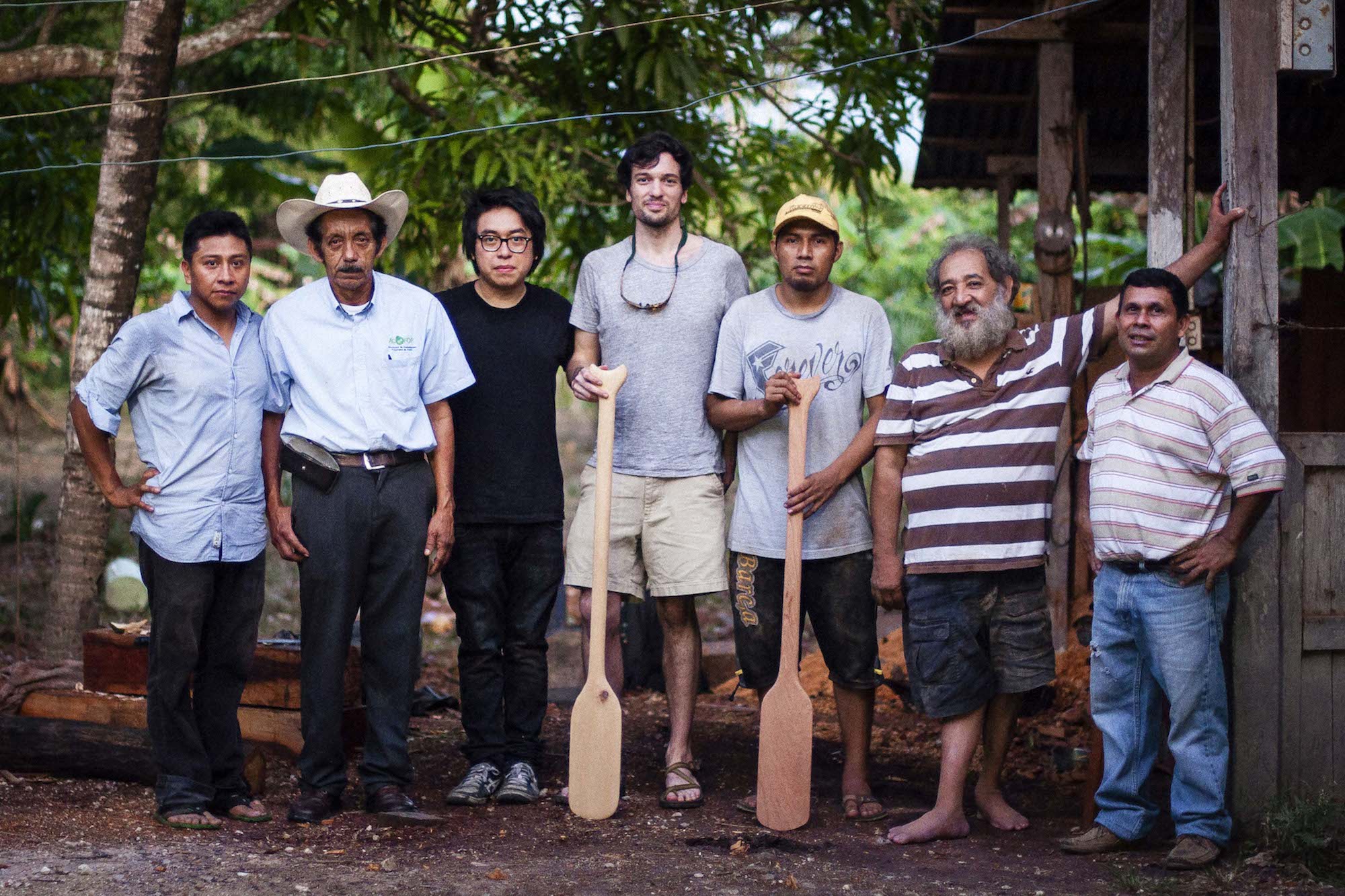
for Equity & Evidence